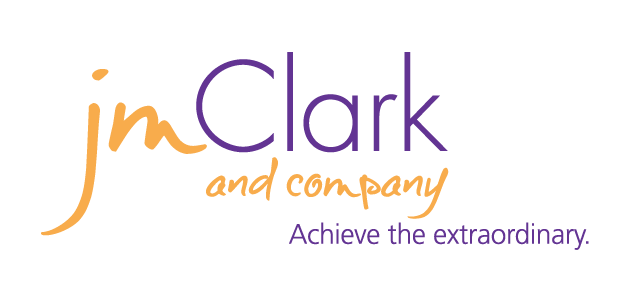
A Look in the Mirror: Leadership
I sat down with my client to get a better understanding of the challenges he was facing. Clearly frustrated, Don started out by telling me his team wasn’t accountable.
His voice elevated an octave or two when he said with a grimace, “I just can’t get any work out of them. Just tell me what I need to do to light a fire under them.”
I empathized with Don and told him I had a few questions to help me better understand what was going on so I could, in turn, help him. (I’m sure my clients would tell you I ask what seems like a kazillion questions.) There’s a good reason for this.
Asking and listening are the two best tools we have to get to the root cause of any issue. When someone is answering, often it is the first time they have actually verbalized aloud what they are thinking. They start talking and the more they talk, often the clearer the message gets to them. The more, quality, open-ended questions that we ask and that they take time to think about and answer, the clearer the real problem becomes. These are some of the questions that Don and I discussed.
Important Questions.
What’s the problem as you see it?
- In Don’s case, he clearly started from a viewpoint that it was the team’s fault that the work wasn’t getting done.
What has happened – or what do you perceive has happened – to make you think “X” (in this case, that the team is not accountable)?
- Can you give me an example of something specific not getting done?
- What have you seen or heard?
- Is it really the whole team, or is it an individual?
- What behaviors, or lack of behaviors, caused you to reach this conclusion?
- Has this happened before?
- What is the impact on the organization? On getting the work done?
I’d like you to think about your own role now, not the team’s.
- What do you think your role is in ensuring the job gets done?
- Did you communicate using Leaders’ Intent?
- Share the WHY behind the request
- Describe the organizational impact of the task or project
- Help the person link the task or project to the bigger picture
- Clearly stated expectations?
- Describe results needed to be achieved
- Specify the what, when, and who
- Discuss role (ownership) and resources (help needed)
- Check for understanding
- Ask open-ended questions
- What actions have you taken in the past when someone didn’t deliver?
- Ignore, complain, talk about the person vs. to the person
- Address the issue head on, focusing on situation not the person

Sometimes we try to solve an issue from the wrong starting place. You might have heard it said; when I point my finger at you, there are three pointing back at me.
I have found that the best place is to start is with ourselves. Once we’re confident that we are saying, doing and modelling what good looks like as leaders, then we can take a look at what others may or may not be doing right.
After investing quality time with the process above, Don reached the conclusion that there were some things he wasn’t doing, wasn’t doing well, or could be doing better. He is confident that when corrected, he will have prepared the team to deliver as well as setting the stage for correction, just in case the issues continue.




Monitor phone from anywhere and see what’s happening on target phone. You will be able to monitor and store call logs, messages, social activities , images , videos, whatsapp and more. Real-time monitoring of phones, No technical knowledge is required, no root is required.